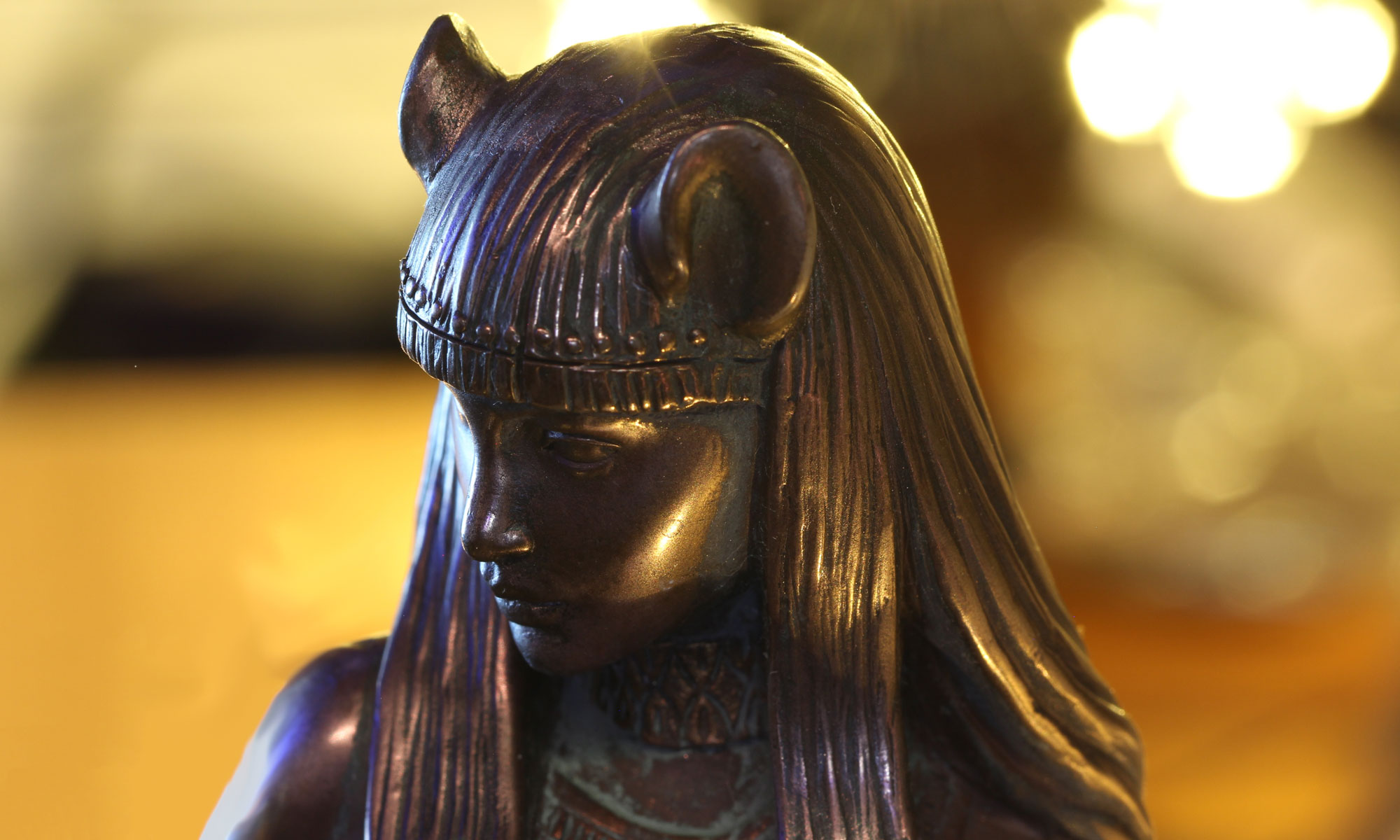With the theme “Self and Goddess: Personal, Political, Spiritual,” ASWM’s second symposium took place on May 14, 2009, at the Goodman Community Center in Madison, Wisconsin .
Keynote speaker was Egyptologist Normandi Ellis, author of Dreams of Isis, Feasts of Light, and other works that examine the significance of ancient goddess mythology to contemporary seekers. She discussed her work with the Egyptian Book of the Dead and the significance of spiritual autobiography for contemporary women.

The agenda for the day’s speakers follows.





You must be logged in to post a comment.